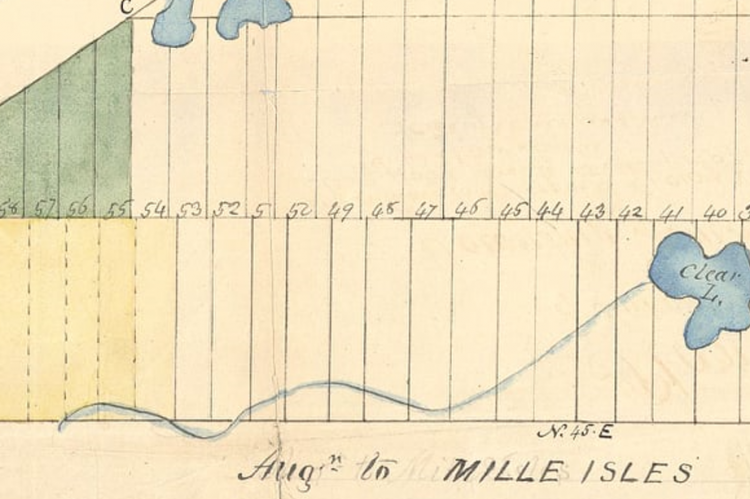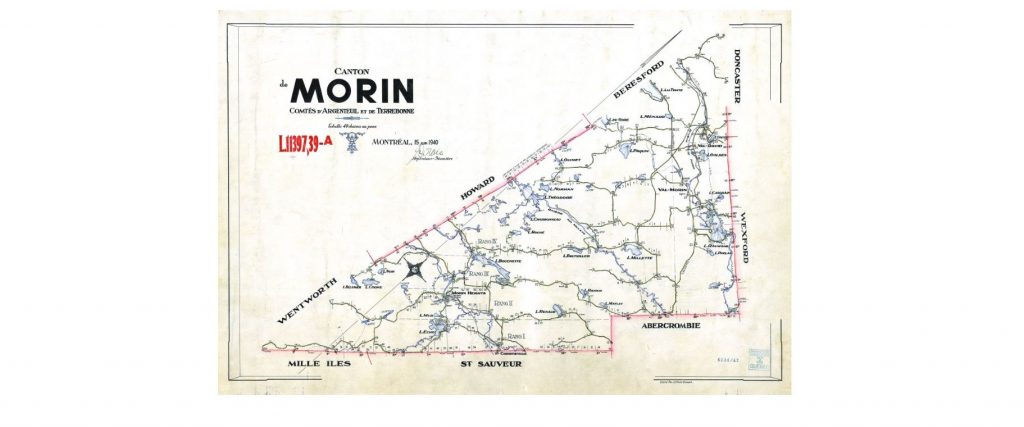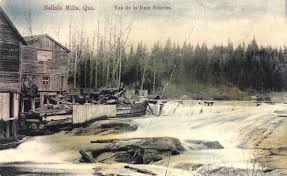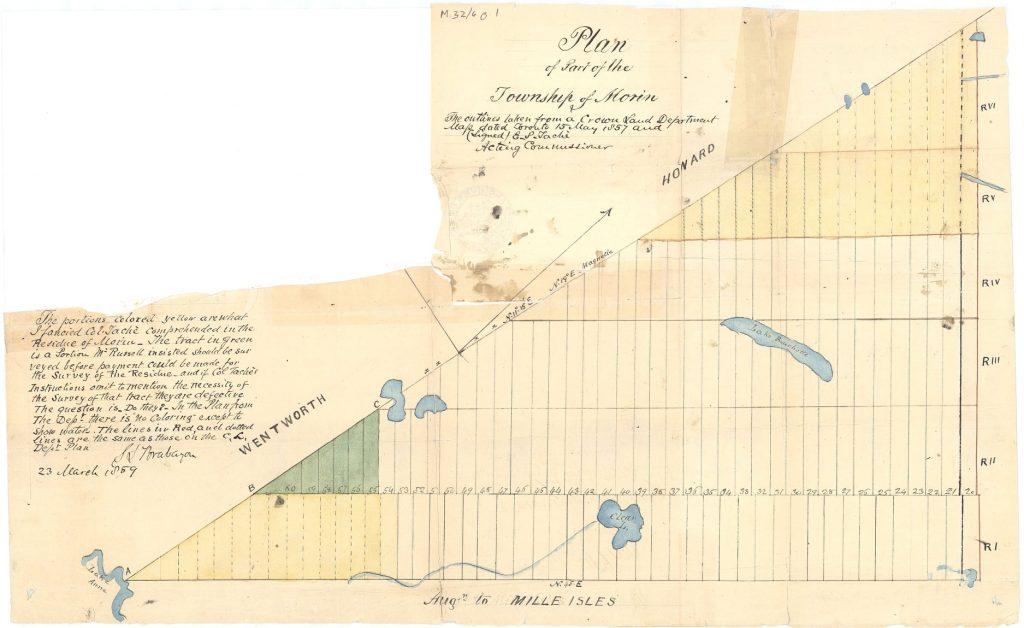Ruisseau Jackson (RJANP) is very proud to announce the future publication of a short history of the Ruisseau Jackson watershed with some references to our extended watershed – the Simon River. The publication is to be produced this year thanks to the Morin Heights Historical Association (MHHA). An associated conference will be announced in the weeks to come.
RJANP approached this local history association in 2020 to discuss the idea of a collaboration in producing an article on our area’s socio-environmental history. As our members know, the initial plan was for Ruisseau Jackson to work with an independent historian. The MHHA was very interested in the project and offered to prepare the article without our assistance. On this occasion, RJANP became a lifetime member of the MHHA.
Socio-environmental history of the river
The Simon River Watershed offers magnificent natural landscapes and features many major wetlands, which play a central role in keeping the water clean for thousands of citizens. This setting is also home to a thriving community complete with villages, associations, festivals, recreational infrastructure and very proud residents. Over the years, the region has built an excellent reputation among nautical tourism enthusiasts. Residents and visitors engage in all kinds of recreational activities, such as swimming, kayaking and fishing. There are even some spas along the banks of the Simon River.
Ruisseau Jackson is a sub-watershed of the Simon River and shares a common history. Environmental historians who study human interaction with the natural world, sometimes over very long periods, emphasize the role human affairs play in influencing nature and vice versa. They would certainly say that the two watersheds share a very similar history – even if Simon River’s past is probably socially richer since it flows through villages and a larger number of farms and properties.
Widespread logging and agriculture through the 1800s and early 1900s seriously affected the region’s landscape. In this same period, dam building was prevalent, leading to the creation of some artificial lakes that were used by lumberjacks to move logs to mills. From then on, these lakes became more and more attractive to vacationers, and vegetation slowly started to take over this “cottage country” in the 1930s and 1940s. Today, very old trees can be seen along the main roads and in some forested lots. They are monuments to this era and a reminder of the pristine forests that once stood in the days of the Weskarini Algonquin First Nation, also known as Wàwàckeciriniwak (people of the deer[-clan]).
This historical overview is just a teaser to what you will be able to read about our beautiful region from the historical experts themselves before the end of 2022. Please stay tuned and follow the RJANP or MHHA social networks to be our first readers!
About the Morin Heights Historical Association
“The Morin Heights Historical Association was established as a non-profit corporation in 1997 and has grown and flourished in our community ever since. The mission of the Morin Heights Historical Association is primarily to inform and involve our community in the awareness and preservation of all aspects of our natural and built heritage.” Source: MHHA.
About the Simon River Watershed
Covering an area of 165.7 km², the Simon River Watershed spans ten municipalities, six of which are in the Pays-d’en-Haut Regional County Municipality. Source: Abrinord.
Ruisseau Jackson partnered with Abrinord to produce the Simon River Watershed Action Plan and “Récit géographique.”




